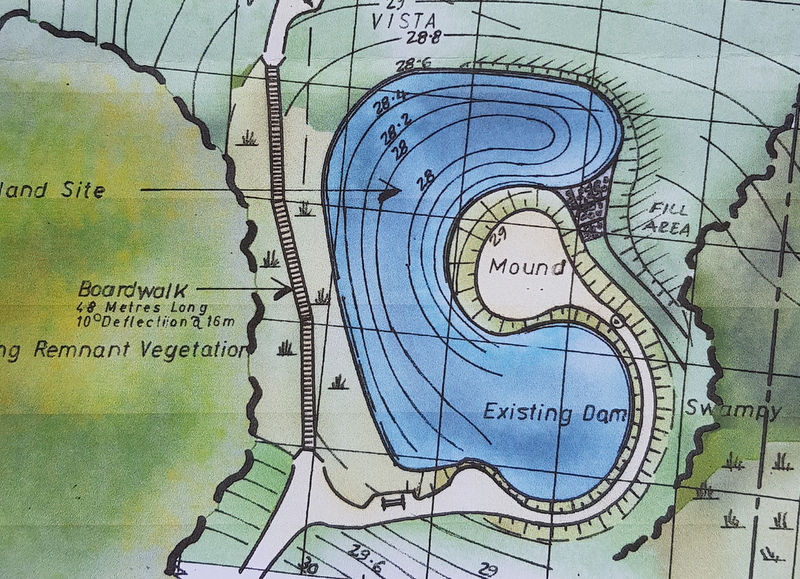Coastline revegetation
The coastline at Inverloch has been experiencing significant erosion in recent years, impacting on public access, amenity, major assets, vegetation and wildlife corridors.
Wonthaggi’s Hidden Gem & Ecosystems for the Future – Carney’s Rd Reserve (2019-22)
A current project led by South Gippsland Conversation Society involves establishing an ephemeral wetland/reserve in Wonthaggi.
WSBN has a key role in the supply of the indigenous plant species for the revegetation of both the wetland and surrounding areas.
State Coal Mine (2019-21)
WSBN has a close relationship with the SCM. This is our home & as the photos below show the nursery is tucked in the foothill of one of the historic mullock heaps on site. There are two community projects currently underway, supported by both WSBN & SCM Volunteers and Parks Victoria.
Wetlands Enhancement Program (2014)
Four Wetlands created by community groups over the past 20 years.
These wetlands are under ParksVic management & were greatly enhanced by a series of spot spraying and planting with aquatic and wetland species. Guarding the species vulnerable to the large kangaroo population. Around each site, 50 Banskia integrifolia were also planted, as this species is under threat in our district.
Rifle Range Wetlands (2005)
Walking tracks lead through this reserve linking the rugged ocean beach to the extensive coastal heathlands and scrubs. During spring, the heathlands host a spectacular display of wildflowers. The reserve is a bird watcher’s paradise being home to over 80 species of birds.
Walk through the Wonthaggi Heathlands (around 3 km, 90 minutes return). Explore the low heathlands and coastal scrubs. Walks commence at the carpark on Chisholms Road, or Reed Crescent, in Wonthaggi.
‘Walking Wonthaggi’s Wetlands’ – Booklet
This booklet identifies 22 wetlands, with maps & detailed information on the history & what flora & fauna you will see.
Our History
The Wonthaggi Seed Bank had its genesis in Cape Paterson Coastal Plains Landcare. This group of dedicated farmers espoused the cause of indigenous plants for shelter belts, eradication of pest species, and experimentation with direct seeding methods and education.









